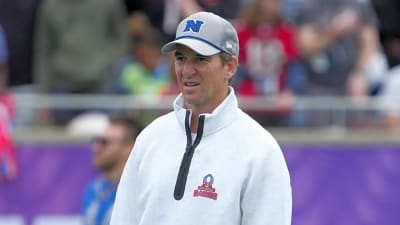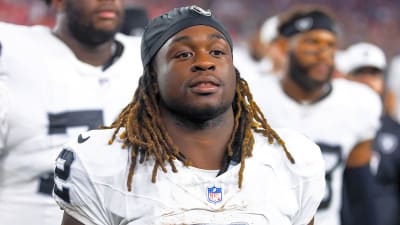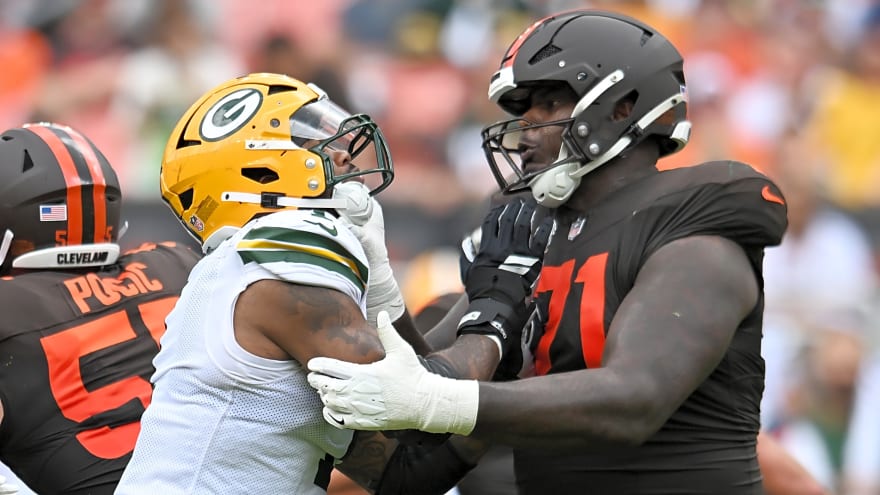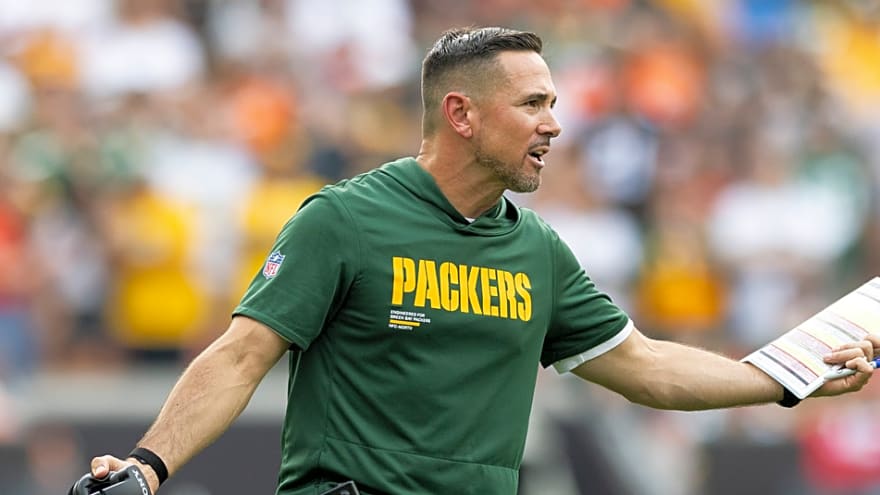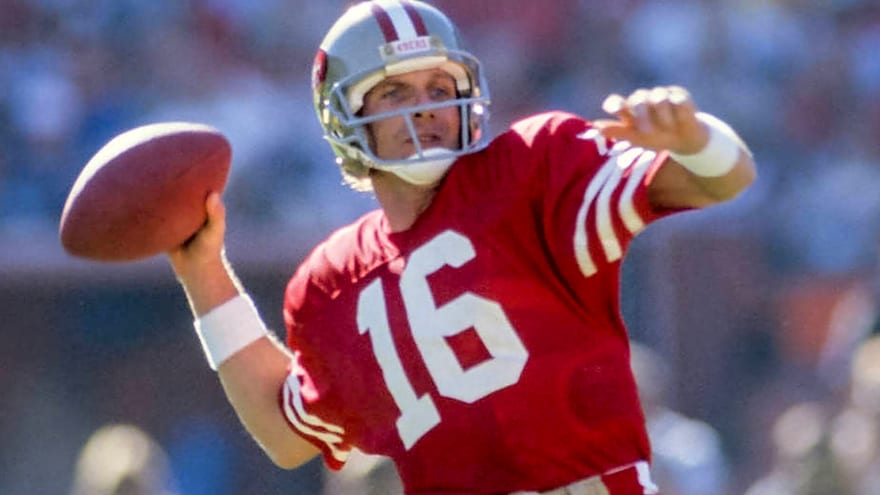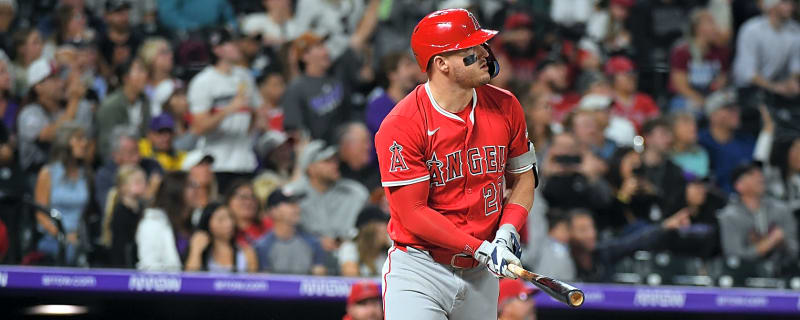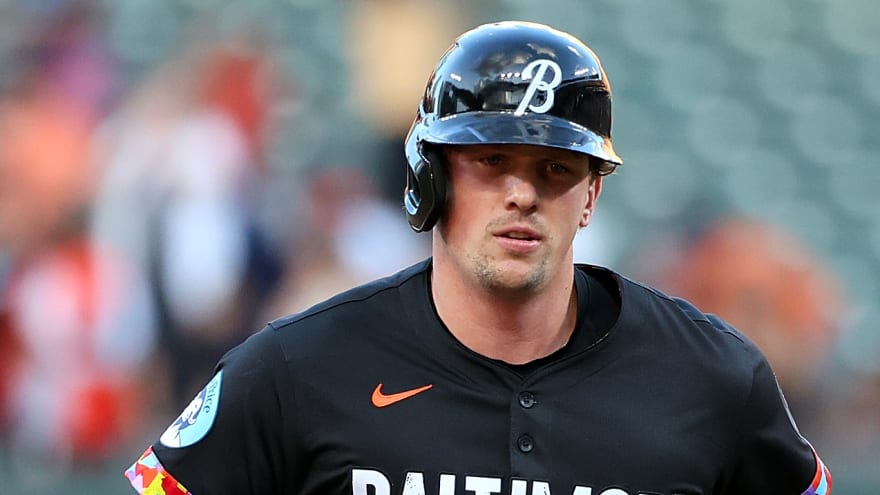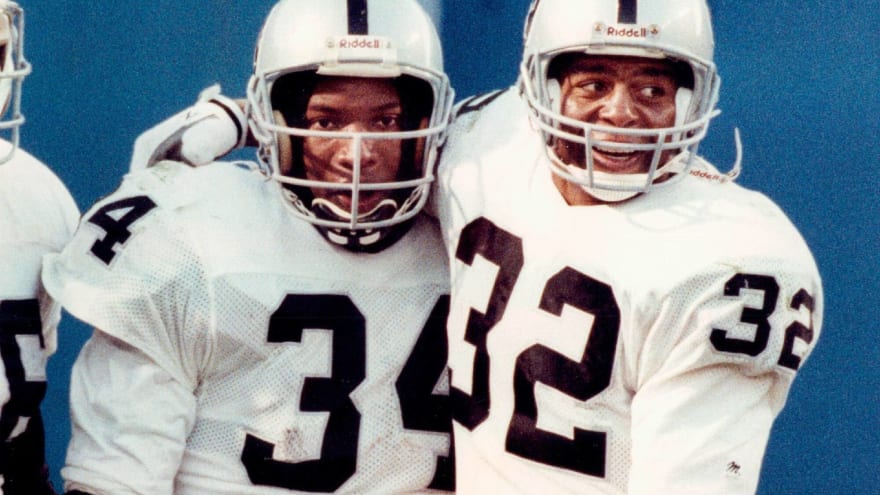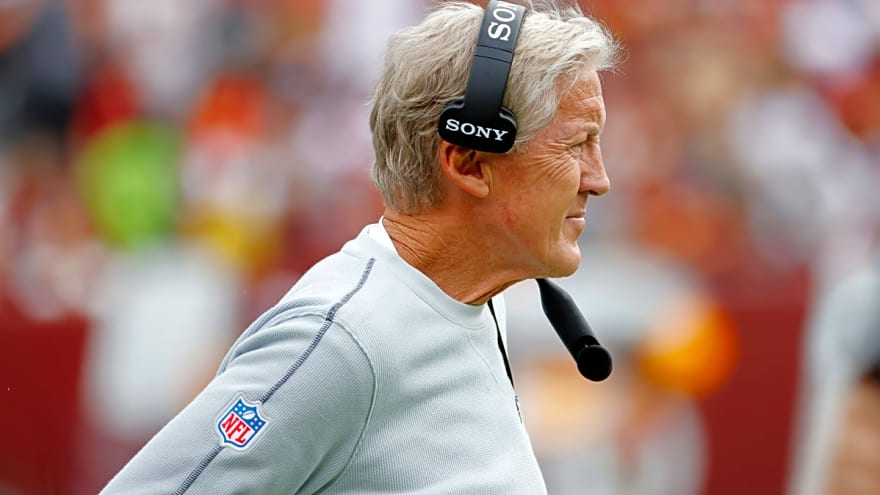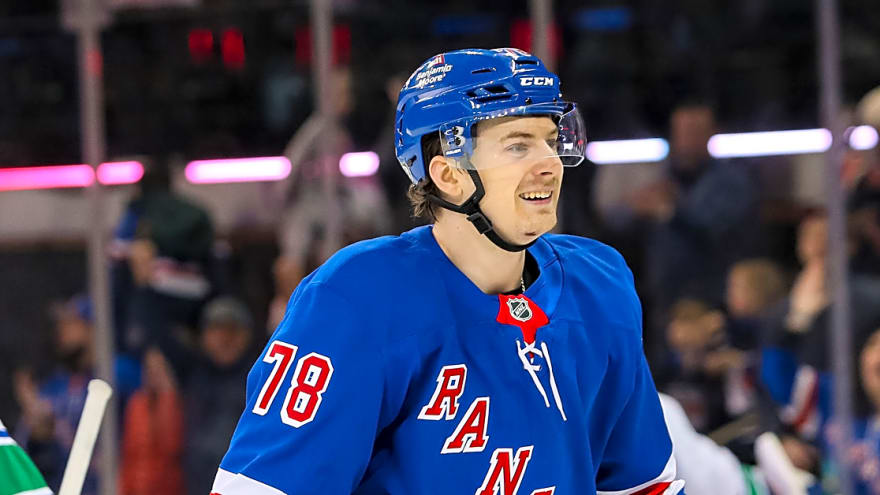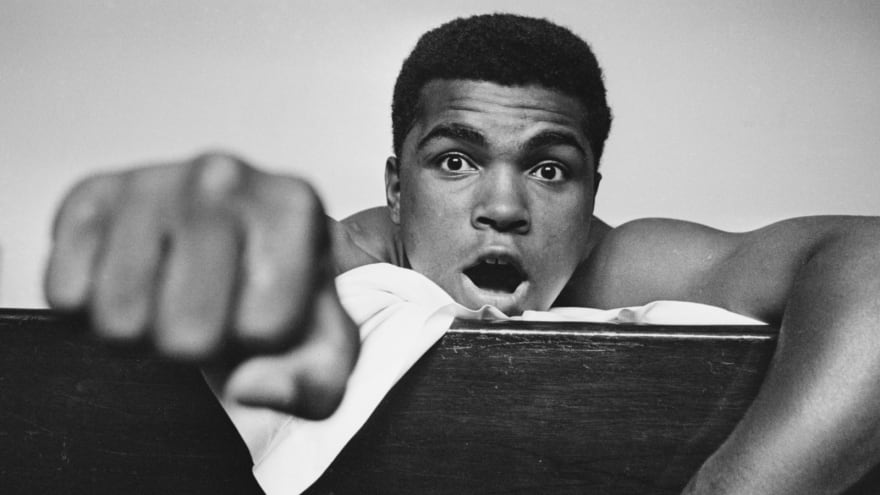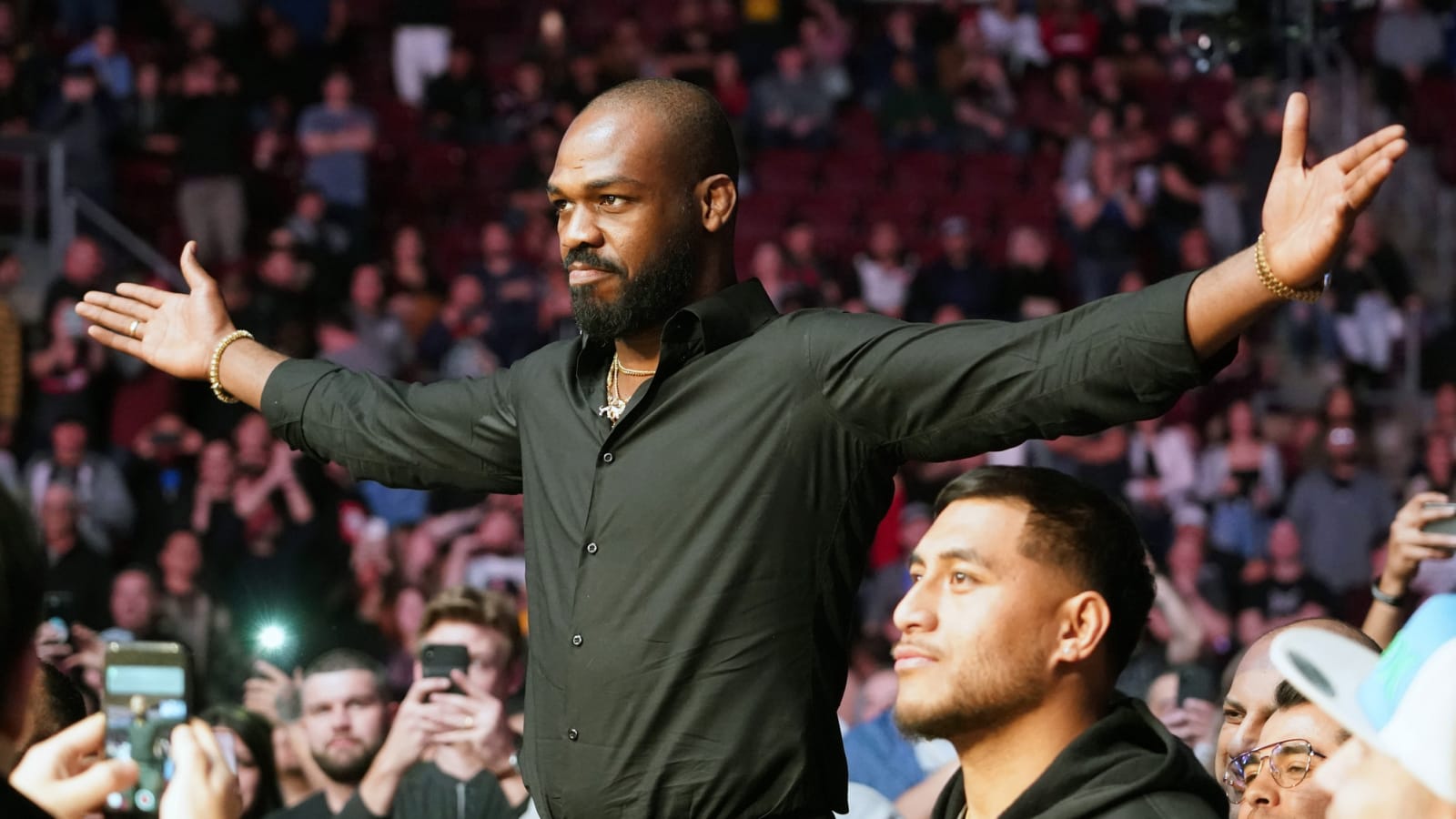
Some of the rules in MMA have always been controversial and have caused fighters to lose their fights by disqualification. Over the years, there have been several cases where the fighters have raised their voices against the rules. However, the MMA community will see some changes as some much-needed major amendments come through.
Recently, the Association of Boxing Commissions and Combat Sports Mixed Martial Arts Committee has approved a couple of key rule changes that will go into effect starting November 1. The first rule adjustment included the 12 to 6 elbow, which simply implies a fighter bringing their arm up straight and straight down to land an elbow on an opponent.
Although the elbow was once seen to be more deadly than an angled elbow blow, its benefits remain highly debated, especially by retired referee John McCarthy. He was involved in the development of the first unified rules in 2000. Under the new ruleset, 12 to 6 elbows will no longer be viewed as an illegal strike in MMA.
The controversial history of the 12 to 6 elbow
The 12 to 6 elbow was banned in MMA because of perceived danger, which stemmed from early martial arts displays that involved smashing bricks. Critics say it is inconsistently enforced and no more harmful than other strikes. Despite ongoing discussions, the strike was always declared illegal. With many asking for rule re-evaluation, it has finally occurred.
The most well-known 12 to 6 elbow in mixed martial arts history belongs to the UFC heavyweight Jon Jones. In 2009, Jones was winning the fight until he hit Matt Hamill with 12 to 6 elbows. This forced referee Steve Mazzagatti to stop the fight and disqualify Jones. The DQ is still Jones’ only defeat in his highly decorated 29-fight MMA career.
Finally, the 12 to 6 elbow rule has been eliminated and the grounded opponent rule has been changed.
— Ariel Helwani (@arielhelwani) July 23, 2024
Andy Foster does it again. pic.twitter.com/uEuY930Mlt
#OnThisDay in 2009, Steve Mazzagatti disqualified Jon Jones for illegal 12–6 elbows in what is still his only career loss to Matt Hamill
— MMA Orbit (@mma_orbit) December 5, 2023
pic.twitter.com/9IN96S1Guv
A large part of the misunderstanding around the 12-to-6 elbow stemmed from its execution. Delivering the identical strike at any angle other than directly up and down was permitted. The referee often made a judgment call on whether a fighter threw a 12-to-6 elbow or if the strike was thrown at an angle other than directly up and down.
The new rule for grounded opponent
The other controversial rule that the committee amended was above the debate around hitting a grounded opponent. The unified rules have always prohibited kicks and knees to the heads of grounded opponents. Meanwhile, the definition of a grounded opponent has changed now.
The new rule clearly states:
A fighter shall be considered grounded and may not be legally kneed or kicked to the head when any part of their body other than their hands or feet is in contact with the canvas (ground). Association of Boxing Commissions and Combat Sports Mixed Martial Arts Committee via official statement
Under the former rule, a fighter had to have at least one hand down and any other body part contacting the floor. Technically, two hands touching the canvas can be considered a grounded opponent. No kicks or knee attempts to the head remain possible in that situation.
RULE CHANGE
— MMA Casuals (@MMA_CASUALS_) July 21, 2024
OCTOBER 1ST,
THE HANDS ON THE FLOOR DO NOT COUNT AS A GROUNDED OPPONENT‼️
A fighter must have at least 1 knee on the ground to prevent their opponent from kicking/kneeing them to the head.
This is a MAJOR rule change for all fighters#UFC #MMA #UFCVegas94 pic.twitter.com/KNOP7N5o10
According to the new regulation, a fighter must have a body part on the canvas other than their hands or feet to be considered grounded. Otherwise, knees and kicks to the head are allowed.
The committee aiming to implement changes includes referees like Marc Goddard, Herb Dean , and John McCarthy. Executive directors Andy Foster of the California State Athletic Commission and Jeff Mullen of the Nevada Athletic Commission were other influential figures. They voted on and approved the rule changes and modifications.
More must-reads:
- Details emerge on injury to Cowboys star wide receiver
- Are Giants making quarterback change for Chargers game?
- The 'Multiple 30-TD pass NFL seasons' quiz
Breaking News
Trending News
Customize Your Newsletter
 +
+
Get the latest news and rumors, customized to your favorite sports and teams. Emailed daily. Always free!
TODAY'S BEST
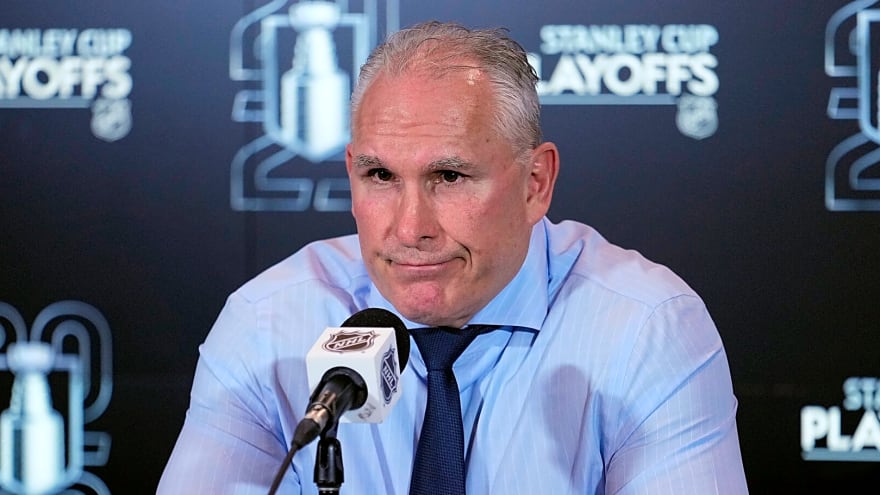
Maple Leafs make six roster cuts with two notable surprises
The Toronto Maple Leafs have already begun their training camp prior to the start of the 2025-26 NHL season. Although no further trade moves have been announced, the Leafs have made changes to their roster and have officially sent back six prospects to their junior teams. Specifically, the players leaving camp are as follows. Two surprising moves by the Maple Leafs Perhaps the most surprising cases are those of Tyler Hopkins and Matthew Hlacar. Hopkins, 18, even received the opportunity to be promoted to Group 2 at camp recently, where he shared the ice with top prospects like Easton Cowan, plus John Tavares and William Nylander. On the other hand, Hlacar, 19, was also one of the forwards who performed best during the rookie camp, following a season of seven goals and one assist for eight points in 43 games in the OHL with the Kitchener Rangers. That said, although it is surprising due to their performances, it also makes sense considering that the OHL season began this weekend. If they were not going to be considered sufficiently by Craig Berube, the best thing for these players is to get into rhythm with their junior teams and continue preparing to make the jump to the highest level in the coming years. The two prospects were drafted just this year. Hopkins was selected 86th overall by Toronto, while Hlacar was drafted by the Leafs in the seventh round. Both hope to break into the main roster sooner rather than later.

Steelers' Once Promising Third-Year Defender Could Be Relegated On The Depth Chart
The Pittsburgh Steelers have begun the 2025 NFL season with a 2-1 record, however there are some things that need to be figured out. The defense is shaky at best despite forcing five turnovers in Sunday's win over the New England Patriots in Week 3. The group still struggles to get off of the field on possession downs, and stopping the run has been an issue throughout the first three weeks of the season. A lot of that starts with the front seven and the interior defensive line. Pittsburgh has been banged up in that area, but some healthy contributors returning could shake up the lineup. Pittsburgh was able to see the regular season debut of Derrick Harmon on Sunday. The organization selected Harmon in the first round of the 2025 NFL Draft, but he suffered a sprained MCL in the preseason finale which kept him on the sidelines throughout the first two weeks of the regular season. He made an impact while serving in a limited role on Sunday against New England as he recorded a sack and two total tackles, and he is expected to help the run defense in the near future. Team insider Mark Kaboly spoke about the interior defensive line after the game on Sunday on the most recent episode of Kaboly + Mack, and he believes there will be two rookies starting in that area very soon. "They made some moves there, and it was able to help them out," Kaboly said. "That's a definite difference in what they were able to do. And I think it's just a matter of time until Yahya Black, Derrick Harmon and Cam Heyward's your one, two and three across the front. It's just a matter of time." Currently, Cam Heyward and Yahya Black are the starting defensive tackles for Pittsburgh while Keeanu Benton has been the starting nose tackle. That is the part of the lineup that will be shuffled, as Benton will likely switch to being a rotational piece, while Harmon enters the starting lineup. He will likely takeover the duties at defensive tackle, while Black shuffles to nose tackle. Benton was expected to take a leap forward going into his second season in 2024, but that didn't necessarily happen. He has made some big plays for Pittsburgh, but he has not been the consistent force that the organization had hoped he would be to this point. There was hope he would improve once again during the 2025 season, but if anything, the third-year pro has shown some regression since his rookie season. Moving to a rotational role where he can fill in at both defensive tackle and nose tackle might be best for Benton at this point. He doesn't necessarily have the size to be a true nose tackle in the NFL, so the coaching staff in Pittsburgh has seemingly been setting him up for failure a little bit in that regard. He would likely play better at defensive tackle, which is something the coaching staff could find out if the starting defensive line gets shuffled. Steelers Need To See Keeanu Benton Step Up No matter what role he is serving, Benton needs to play better moving forward. The interior defensive line is a key part of stopping the run, and Pittsburgh has struggled to do that. It is going to be hard to win meaningful games if that problem persists, especially against the better teams in the NFL that show up on the schedule later in the year. Benton needs to show some signs of progression, whether that be as a starter, or as someone who rotates in with the starting lineup throughout a game. Benton can still have a future in Pittsburgh, but he is going to need to improve in 2025 while setting himself up for success in 2026.

Brewers announce pitcher who will take Brandon Woodruff’s turn through the rotation
Over the weekend, the Milwaukee Brewers announced devastating news that Brandon Woodruff was being placed on the injured list with a lat strain. He first felt the discomfort during a bullpen over the weekend, the strain has been labeled moderate, and there is not much optimism that he will be ready for the playoffs. With just a week remaining in the regular season and the NLDS set to begin on October 4, the long-term focus for Woodruff is clearly his postseason availability. In the short term, however, the Brewers had a more immediate challenge: finding someone to step into his spot in the rotation. Milwaukee Brewers announce which pitcher will take Brandon Woodruff’s turn through the rotation On Saturday, the Brewers designated Joel Payamps for assignment and selected the contract of Bruce Zimmermann. The 30 year hasn’t made a big league appearance since 2023, but in a twist of fate he is now slated to start Tuesday against the San Diego Padres, which originally was Woodruff’s day to pitch; As Adam McCalvy of MLB.com reported, Zimmermann was told straight up that he was coming up for one day with the Brewers. However, with Woodruff being diagnosed with a lat strain that same day, plans changed, and he now will start at least one game for Milwaukee. Notably, with Zimmermann scheduled to pitch on Tuesday, he lines up to start the Brewers’ final regular season game against the Reds. Even if he doesn’t get the start, he’ll be available to pitch, giving Milwaukee the option to use him for bulk innings without risking another last-minute injury to one of their key arms heading into the playoffs. Zimmermann brings some experience to the table, with 27 career big-league starts under his belt. As a starter, he had a 4.11 ERA in Triple-A this season. While his role may seem minor in the shadow of the Woodruff injury, his performance could still play a meaningful part in helping the Brewers secure the best record in baseball, which would guarantee them home field advantage throughout the playoffs. He also could have a hand in whether or not Cincinnati makes the post season or not.

Packers’ Solution for Chronic Penalties Begins Wednesday
The Green Bay Packers were guilty of 14 penalties during Sunday’s loss to the Cleveland Browns, the most during coach Matt LaFleur’s tenure. The penalties bothered LaFleur, whose teams typically have played with excellent discipline, but they didn’t surprise him. “Yeah, I’ve seen it,” LaFleur said on Monday, a day after a shocking 13-10 defeat. “It’s been happening more than we’d like. You see it in practice, it’s hard not to expect it in a game. We have got to dial in better. We have to have better focus and concentration.” Dialing in isn’t only about Sundays. With another road game coming up on Sunday night at Dallas, the focus has to start when the team walks onto the practice field on Wednesday, Thursday and Friday. Sunday’s game was the 103rd of LaFleur’s career. His team had been flagged more than 10 times in just three games, with the previous worst being 12 penalties against the Lions in 2020. Guilty of only two false-start infractions in the first two games, the Packers were flagged five times against the Browns. “Some of those are brutal,” LaFleur said. “We had two on third down. One was on that third-and-4 [by Jordan Morgan in the red zone]. We had one [by Morgan] on the short-yardage situation when we tried to bring Tuck(er Kraft) in there and run the quarterback sneak. Third-and-1, you can’t have that. “The other one [by Rasheed Walker] was a third-and-10 late in the game when we’re trying to set up for a field goal; that pushed us back 5 yards. Yeah, you can’t have them. Those are killer penalties. Another one was on second-and-1 [by Walker], now it’s second-and-6. You can’t have them because they are killer.” There were so many false starts that LaFleur couldn’t remember them all. No. 5 was by receiver Malik Heath, which helped knock a promising possession out of field-goal range in the secon quarter. “And then conversely on the defensive side,” LaFleur continued, “we had a bunch of penalties on third down that extended drives. I remember one specifically, third-and-9, [defensive holding by Javon Bullard] and we had another third-and-goal [pass interference by Keisean Nixon]. “They didn’t kill us in those situations – we ended up overcoming them and moving them back, and they ended up settling for a field goal – but we have got to be better just with our details, our fundamentals and then utilizing the techniques that we practice on a daily basis.” Pending the Monday night game between the Lions and Ravens, the Packers were guilty of 28 penalties, tied for the fourth-most in the league. The yardage was more manageable with 192 yards, which ranked 12th. Only the Saints (eight) have been guilty of more false starts. “I feel like we were hurting ourselves more than anything with some of the penalties and the little things,” quarterback Jordan Love said after the game. “I felt like we were putting some good drives together but, at the end of the day, I feel like we just hurt ourselves a little too much.” It’s early in the season, but no team has been penalized more than Green Bay was against Cleveland. That came on the heels of 10 accepted penalties against Washington in Week 2. The 14 penalties vs. Cleveland were the most for the Packers since they were guilty of a franchise-record 18 in a loss at Chicago in 2020. In the Super Bowl era, there’s only been one other occasion in which Green Bay was flagged more than 14 times, according to Stathead. From 2019 through 2024 – the first six seasons of the LaFleur era – the Packers were guilty of the sixth-fewest penalties, according to Stathead. Including offsetting and declined penalties, Green Bay was flagged 17 times on Sunday. Incredibly, 10 came in the fourth quarter, capped by Nixon jumping offside on the game-ending field goal. “It’s discipline. It’s every facet of this game,” said defensive end Micah Parsons, who was flagged twice for offside. “Every detail – kickoff, field goal, defense, being in our right position, our right leverage. It’s everything. “Discipline will beat talent every day of the week. We were more talented. Like I said, we played better the first three quarters. We got to play better in the fourth quarter, including me. It goes for everyone.”





